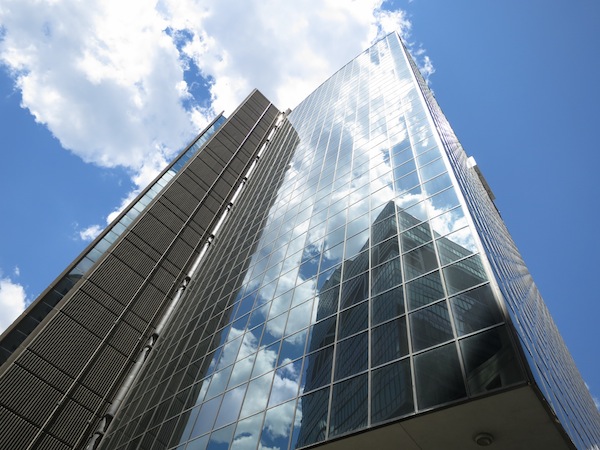Through the 2012 Owner Study, consultant FMI and the Construction Users Roundtable set out to understand how large capital program owners are coping with the current environment, as well as what challenges they believe the future environment holds and how prepared they feel to face these challenges. In general, survey and interview questions fell into these broad areas:
-
Identification of future issues impacting capital programs and the degree of preparedness toward addressing those issues.?
-
Level of staffing changes during the past four years and anticipated staffing trends going forward.
- Degree of project disruptions affecting capital programs resulting from delays, cancellations and funding challenges.
- Continued evolution of project delivery systems and procurement methods.
Based on survey responses, it is clear that many capital program owners have already begun the process of identifying future challenges and mitigating the impact of those issues on their capital programs. Other owners, however, anticipate many of these challenges to have a significant effect on their capital programs and are not confident in their responses to date. The ability of these owners to maintain the objectives of their capital programs in the face of these challenges will depend on the actions they take to identify and address these issues. How capital program owners respond to both the current and future environment will significantly influence their ability to plan, design, procure and manage capital projects effectively. As their ability to engage in these activities changes, so too will the expectations of owners for their planning, design and construction partners.
Survey responses reflect the fact that economic recovery has yet to begin for many, especially in the engineering and construction industry. At its peak in 2006, the construction industry represented more than $1 trillion of economic activity, roughly 9% of nominal GDP. The industry has contracted every year since then. The burst of the housing bubble, the credit crisis and the ensuing recession reduced the industry to roughly 70% of its 2006 size in 2012, and to only 5% of nominal GDP. The dark cloud, however, is clearing. according to FMI forecasts, construction put-in-place voluimes in 2012 are expected to end the year 5% higher than in 2011.
For a free download: http://www.fminet.com/fmi-curt-survey-of-owners-2012.html
Related Stories
| Aug 4, 2022
Newer materials for green, resilient building complicate insurance underwriting
Insurers can’t look to years of testing on emerging technology to assess risk.
Sustainability | Aug 4, 2022
To reduce disease and fight climate change, design buildings that breathe
Healthy air quality in buildings improves cognitive function and combats the spread of disease, but its implications for carbon reduction are perhaps the most important benefit.
Multifamily Housing | Aug 4, 2022
Faculty housing: A powerful recruitment tool for universities
Recruitment is a growing issue for employers located in areas with a diminishing inventory of affordable housing.
Multifamily Housing | Aug 3, 2022
7 tips for designing fitness studios in multifamily housing developments
Cortland’s Karl Smith, aka “Dr Fitness,” offers advice on how to design and operate new and renovated gyms in apartment communities.
Building Materials | Aug 3, 2022
Shawmut CEO Les Hiscoe on coping with a shaky supply chain in construction
BD+C's John Caulfield interviews Les Hiscoe, CEO of Shawmut Design and Construction, about how his firm keeps projects on schedule and budget in the face of shortages, delays, and price volatility.
Codes and Standards | Aug 3, 2022
Some climate models underestimate risk of future floods
Commonly used climate models may be significantly underestimating the risk of floods this century, according to a new study by Yale researchers.
| Aug 3, 2022
Designing learning environments to support the future of equitable health care
While the shortage of rural health care practitioners was a concern before the COVID-19 pandemic, the public health crisis has highlighted the importance of health equity in the United States and the desperate need for practitioners help meet the needs of patients in vulnerable rural communities.
Reconstruction & Renovation | Aug 3, 2022
Chicago proposes three options for Soldier Field renovation including domed stadium
The City of Chicago recently announced design concepts for renovations to Soldier Field, the home of the NFL’s Chicago Bears.
Codes and Standards | Aug 2, 2022
New tools help LEED projects reach health goals
The U.S. Green Building Council now offers tools to support the LEED Integrative Process for Health Promotion (IPHP) pilot credit.
Market Data | Aug 2, 2022
Nonresidential construction spending falls 0.5% in June, says ABC
National nonresidential construction spending was down by 0.5% in June, according to an Associated Builders and Contractors analysis of data published today by the U.S. Census Bureau.

















